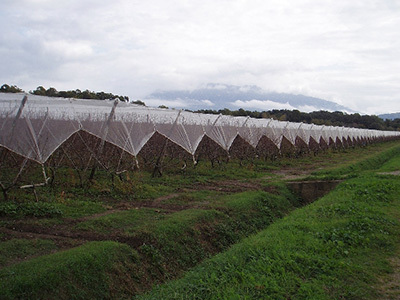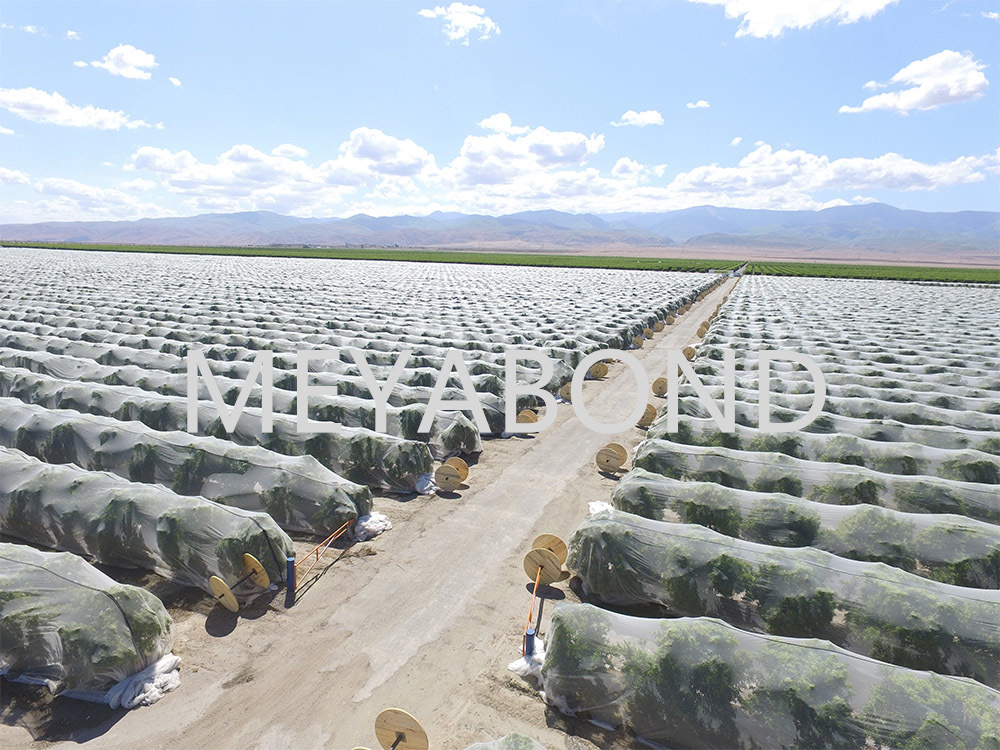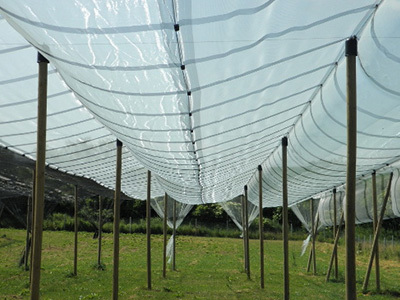Maximizing Pest Protection: The Benefits of Anti-Insect Nets for Greenhouses
In the realm of modern agriculture, the use of anti-insect nets for greenhouses has emerged as a pivotal strategy for pest management. These specialized nets are designed to create a physical barrier, preventing unwanted insects from accessing the crops while still allowing essential sunlight, air, and moisture to reach the plants. This article delves into the benefits and functionalities of anti-insect nets, making them an indispensable tool for greenhouse operators.
One of the primary advantages of using anti-insect nets is their ability to significantly reduce the need for chemical pesticides. By effectively blocking harmful pests such as aphids, whiteflies, and thrips, these nets help maintain a healthier growing environment. This not only leads to more robust crops but also supports sustainable agricultural practices by minimizing chemical input, which can have detrimental effects on the ecosystem.
Furthermore, the design and material of anti-insect nets are tailored to cater to various pest sizes. Typically, these nets are constructed from fine mesh fabrics that are durable yet lightweight. This allows for ventilation while retaining enough strength to withstand environmental factors like wind and rain. When properly installed, they can also offer some degree of protection from adverse weather conditions, thus contributing to the overall resilience of the greenhouse.
The implementation of anti-insect nets can also enhance crop quality and yield. With fewer pests infiltrating the greenhouse, plants experience reduced stress, which often results in improved growth rates and higher-quality produce. This is particularly beneficial for high-value crops that are sensitive to pest damage. Additionally, healthier plants are more capable of withstanding diseases and environmental stresses, leading to more successful harvests.
To maximize the effectiveness of anti-insect nets, careful consideration must be given to installation methods and maintenance practices. Ensuring that the nets are securely fastened to the greenhouse structure is crucial to prevent any gaps that pests could exploit. Regular inspections should also be conducted to check for wear and tear, as well as to ensure that the nets remain free from debris that could hinder their performance.
In summary, anti-insect nets for greenhouses represent a proactive approach to pest management in agriculture. By providing a physical barrier against pests while promoting a healthy growing environment, they serve as a vital component in modern agricultural systems. For professionals in the industry, adopting this technology can lead to enhanced productivity, improved crop quality, and greater sustainability in farming practices. Embracing the use of anti-insect nets not only protects crops but also contributes to a more responsible and eco-friendly agricultural future.
One of the primary advantages of using anti-insect nets is their ability to significantly reduce the need for chemical pesticides. By effectively blocking harmful pests such as aphids, whiteflies, and thrips, these nets help maintain a healthier growing environment. This not only leads to more robust crops but also supports sustainable agricultural practices by minimizing chemical input, which can have detrimental effects on the ecosystem.
Furthermore, the design and material of anti-insect nets are tailored to cater to various pest sizes. Typically, these nets are constructed from fine mesh fabrics that are durable yet lightweight. This allows for ventilation while retaining enough strength to withstand environmental factors like wind and rain. When properly installed, they can also offer some degree of protection from adverse weather conditions, thus contributing to the overall resilience of the greenhouse.
The implementation of anti-insect nets can also enhance crop quality and yield. With fewer pests infiltrating the greenhouse, plants experience reduced stress, which often results in improved growth rates and higher-quality produce. This is particularly beneficial for high-value crops that are sensitive to pest damage. Additionally, healthier plants are more capable of withstanding diseases and environmental stresses, leading to more successful harvests.
To maximize the effectiveness of anti-insect nets, careful consideration must be given to installation methods and maintenance practices. Ensuring that the nets are securely fastened to the greenhouse structure is crucial to prevent any gaps that pests could exploit. Regular inspections should also be conducted to check for wear and tear, as well as to ensure that the nets remain free from debris that could hinder their performance.
In summary, anti-insect nets for greenhouses represent a proactive approach to pest management in agriculture. By providing a physical barrier against pests while promoting a healthy growing environment, they serve as a vital component in modern agricultural systems. For professionals in the industry, adopting this technology can lead to enhanced productivity, improved crop quality, and greater sustainability in farming practices. Embracing the use of anti-insect nets not only protects crops but also contributes to a more responsible and eco-friendly agricultural future.
Key words:
Related News
CONTACT US
Email: sales8@meyabond.com
Tel: +8618911966213
No.3 Yard, ZhongHe Road, 100071,FengTai District, Beijing, China
Email: sales8@meyabond.com
Tel: +8618911966213
No.3 Yard, ZhongHe Road, 100071,FengTai District, Beijing, China
















